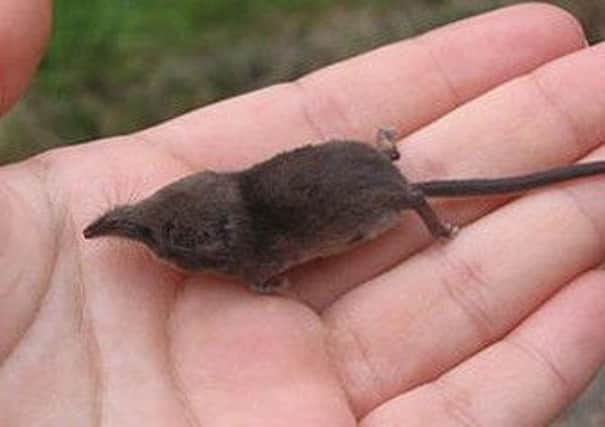Country & Coast: Garden watch gives meagre mammal count of just ten


However, I suspect there are fewer people who maintain a list of their garden mammals, and until recently I was one of them. It didn’t take more than a minute, though, since there were not many names to jot down.
It is a sad fact that the UK’s most impressive wild animals will never make their way to my typical suburban garden on the fringe of the West Yorkshire conurbation. Where I live drawing the curtains and finding there is a magnificent red deer stag grazing on the back lawn is as likely as seeing a gannet dive into my neighbour’s pond.
Advertisement
Hide AdAdvertisement
Hide AdBut what prompted me to reach for my pencil and paper was the sudden appearance of a new mammal in the garden. That’s “new” in the sense that I had never seen one there before, although according to the Mammal Society this particular species is found across most of Yorkshire, from the high slopes of Ingleborough in the Three Peaks to the gardens of Leeds and Sheffield, and even to the tip of Spurn peninsular in the mouth of the Humber.
My new garden tick was a pygmy shrew, and unfortunately I found the creature lying dead at the edge of a border. A smear of blood on the greyish fur of its throat suggested that it had been dispatched by a tawny owl or kestrel but then dropped, perhaps when disturbed. It might also have been killed in a fight, since these tiny mammals are notorious for scrapping with each other.
The pygmy shrew is notoriously very territorial and aggressive for its size and can sometimes be heard fighting. According to The Wildlife Trusts, their high pitched spueaks are particularly noticeable during the summer.
I saw many pygmy shrews alive in my teens during field trips with the local junior naturalists’ club, when we left milk bottles - remember those? - tilted at an angle in long grass for a couple of hours. Each was baited with a bit of corned beef, and when we returned there was usually a pygmy shrew, bank vole or other small mammal desperately trying to get out. We never left the bottles for long, and always released their captives straight back into the undergrowth.
Advertisement
Hide AdAdvertisement
Hide AdThe pygmy shrew was the cutest of the lot. It really is tiny, being two inches in length with a tail almost as long. It also has a long and slender snout, making the body look even tinier. It is not classed as a rodent like voles and mice, but as an “insectivore” since that prominent nose is used for snuffling its diet of earthworms, spiders and other small creepy crawlies.
The sudden appearance of a prone pygmy shrew brings my garden mammal list to the less-than impressive total of ten, including the usual suspects of fox, grey squirrel and hedgehog. The numerous small mammals like shrews and voles are harder to detect, so I wonder where I can find an old milk bottle.